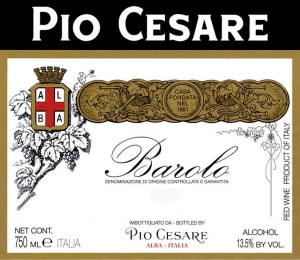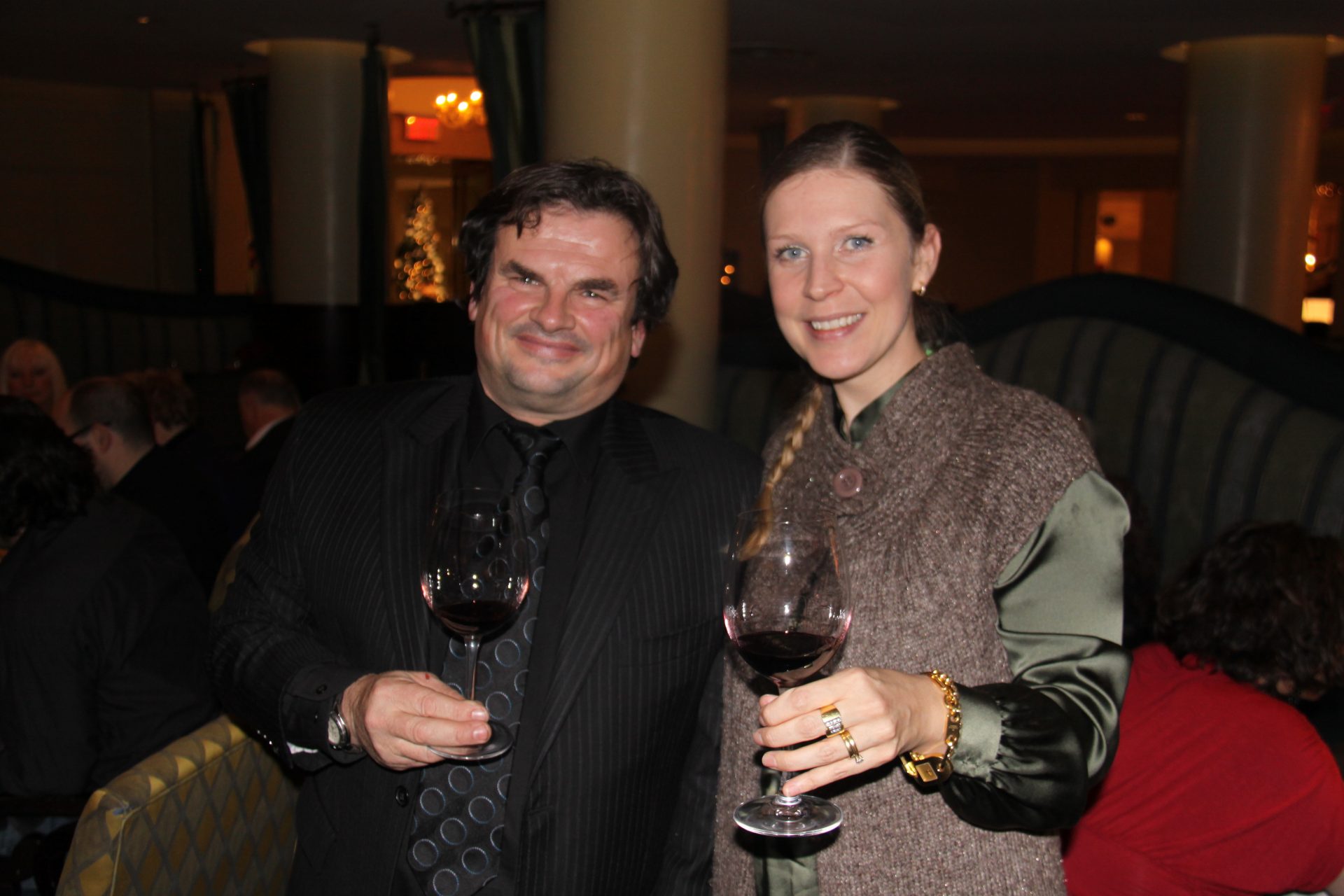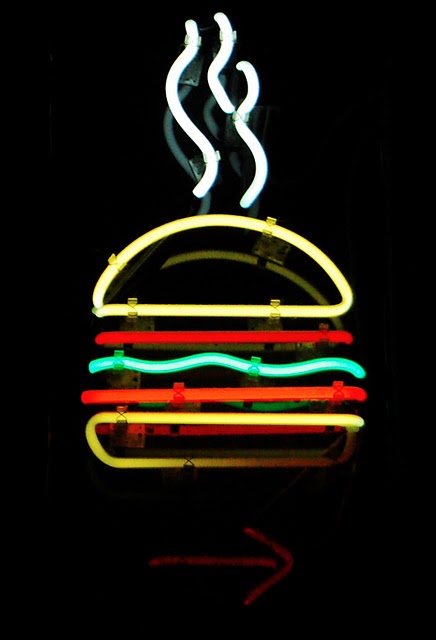
It’s often said that you can’t truly understand a wine without visiting its place of origin; Wine, so much a product of the land, that a wine without context is a wine without a soul. In an age where so many wine attributes can be manufactured by viticultural techniques it is easy for the notion of sense of place to be forgotten. If a Sangiovese made in California can taste pretty similar to a Sangiovese made in the heart of Italy, what difference does place make? Although there is no hard and fast answer, there is something authentic, meaningful and powerful about tasting a wine that is a fundamental expression of its terroir, not its micro-oxygenation techniques.
Sadly the lofty ideal of visiting each wine-growing region to understand its terroir is an unrealistic goal for even the most avid collector. A good substitute is meeting the winemaker and getting the history, and philosophy of a place first hand. Again, a lovely ideal, but an opportunity that likely does not come up every day. Another option still is reading about someone else meeting the winemaker and hey, for that you’ve come to the right place!
Last week I had the distinct pleasure of meeting Pio Boffa, owner and winemaker of the iconic Italian winery Pio Cesare. In this first of two posts, I will outline the winery’s philosophy and dedication to tradition, above all else. In my next post, I will discuss the flavours and stories of each of the wines that Pio shared with us. But first, a bit of history.

Pio Boffa of Pio Cesare
Pio Cesare was founded in 1881 by Pio’s great-grandfather Cesare Pio and is now in its 4th generation of family owners (with the 5th generation waiting in the wings). Located in Piemonte, Pio Cesare makes 40, 000 cases a year with an average production of 3 000 to 4 000 bottles of each wine (tiny!).
Despite this small production, Pio Cesare exports 74% of its wine. Why go through the trouble of export when such a small quantity of premium wine would most certainly be snatched up domestically? Pio cleared this up for us. “Could I sell all my wine in Italy?” he asked, in more of a statement than a question, “Of course. But we at Pio Cesare have a big ego and want the Pio name to be synonymous with quality around the world.” What makes Mr. Boffa able to throw out such a statement and get away with it? Stunning wines and centuries of tradition.
First and foremost Pio defined himself and the winery as traditional. Beyond traditional, you can go ahead and call the place ancient. It is, after all, built on the ruins of an ancient Roman artifact dating back to 50 BC. These ruins are a national monument. Every bit of rubble and wall remains perfectly intact amongst the winemaking facilities out of a respect for history and a respect for the Italian officials who pop by each year to check up on it.
The sense of history, manifested in the Roman walls of the winery, is echoed in Pio Cesare’s overall philosophy, to showcase the land through their wines. Winemaking is thus a tool to celebrate the unique terroir of each place, not alter it. Pio described how even tiny plots on a vineyard can take on unique characteristics that must be respected. For example, some areas are good for colour, others good for complexity, still others good for adding finesse or longevity. When aged separately and carefully combined, these unique elements make for a complex, outstanding wine that is a more complete expression of a region’s terroir. Pio is so passionate about sense of place that he refuses to expand the winery, as to expand would mean to grow grapes in different regions, therefore compromising the wines’ terroir-driven style.

Barrels and hilltops of Piemonte.
It is not just grapes that are imbued with the land’s characteristics. Pio spoke of a peach tree that grew on his family’s estate in Barolo. Each year his mother would preserve the ripe peaches to enjoy in the midst of winter. On those cold nights, when the peach jar was opened, it was the smell of Barolo, not peaches that escaped from the air-tight seal.
This story provoked two reactions in me. First, I really wanted Barolo peaches! Second, I felt a true respect for the place and reflected on the impact of the land as we tasted through the portfolio of wines. My perspective altered, my understanding deepened, my vantage point shifted. This new knowledge and respect for the often used buzzword terroir will do for now, until I eventually find myself in Italy, standing on a hilltop in Barolo, reflecting on how little I once knew.
Next Week: Part II, the wines of Pio Cesare.







